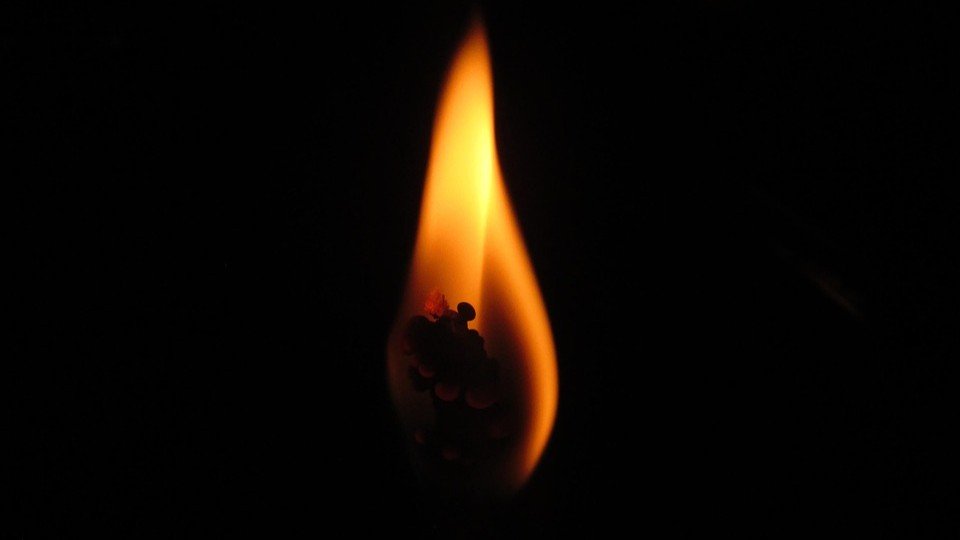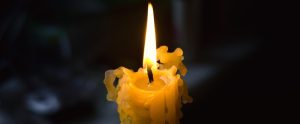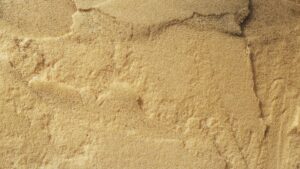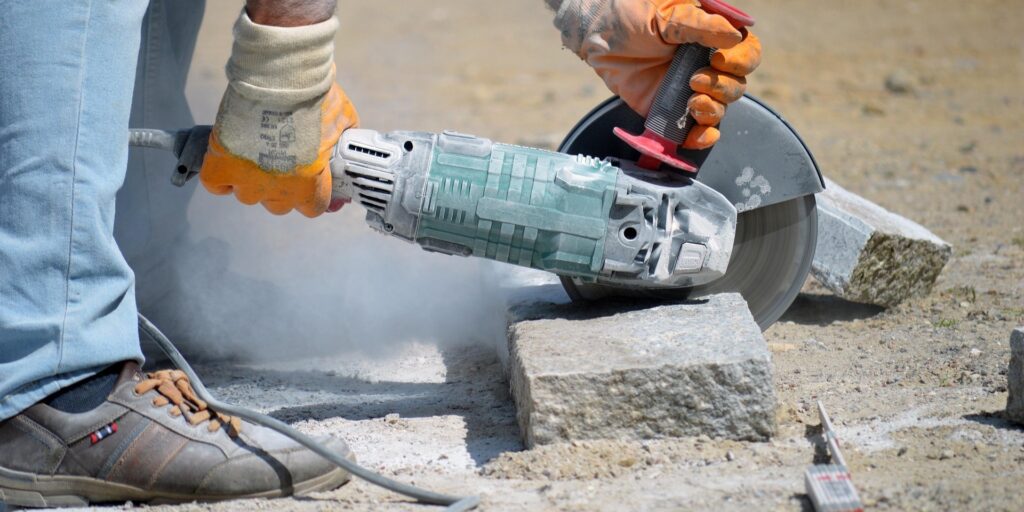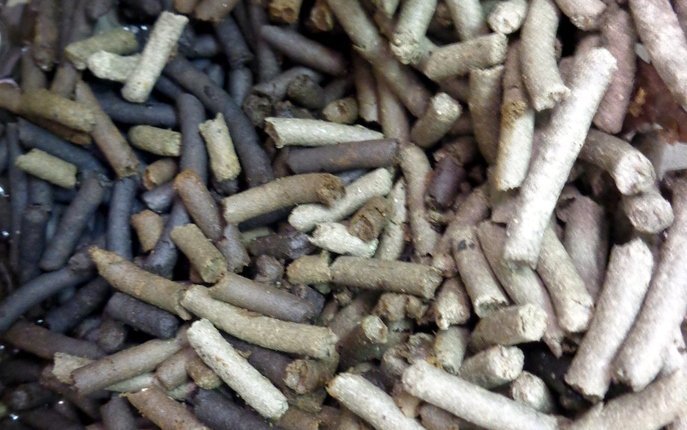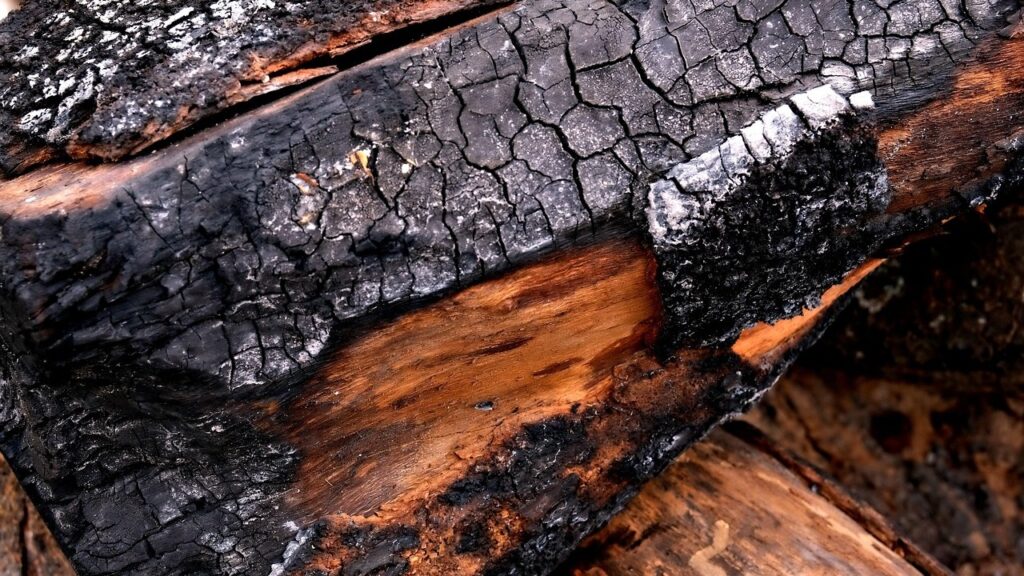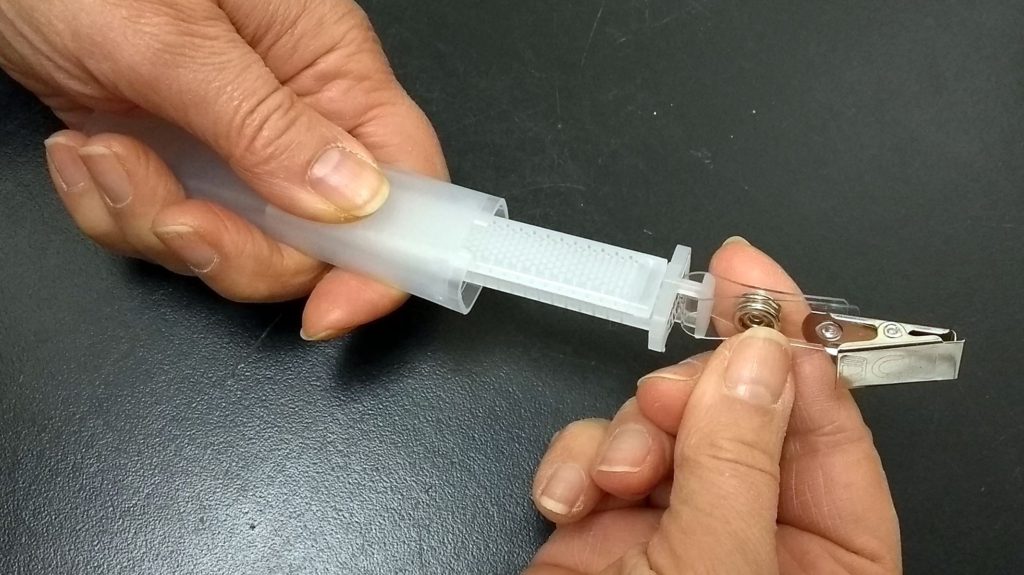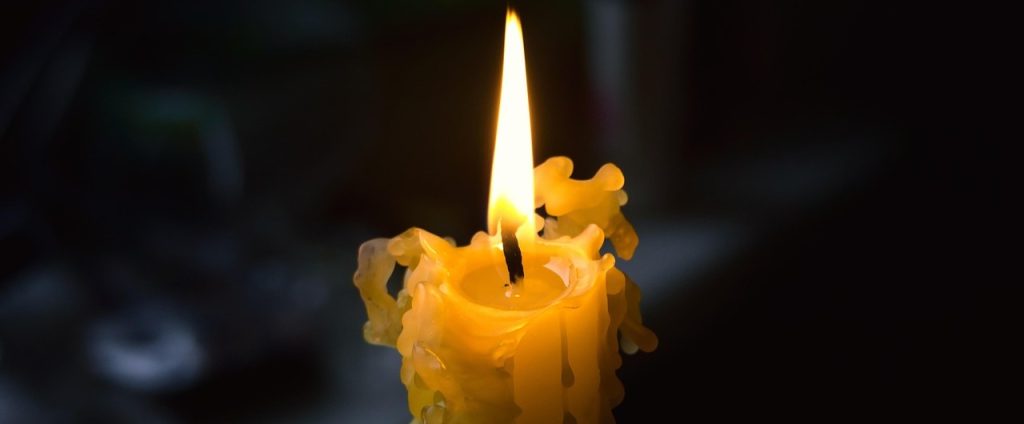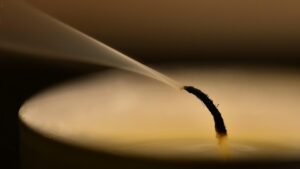 LCS Laboratory Inc. is proud to offer a new laboratory service to support manufacturers and importers of candles in meeting the requirements of the Canada Consumer Product Safety Act, specifically SOR/2016-165 – Consumer Products Containing Candle Testing Regulation.
LCS Laboratory Inc. is proud to offer a new laboratory service to support manufacturers and importers of candles in meeting the requirements of the Canada Consumer Product Safety Act, specifically SOR/2016-165 – Consumer Products Containing Candle Testing Regulation.
Regulatory Background
Under Canadian law, Section 5(b) of SOR/2016-165 mandates that:
“A candle must not reignite spontaneously after it is extinguished.”
This safety standard exists to prevent fire hazards associated with delayed or spontaneous reignition, especially when a candle is left unattended shortly after use.
Why Spontaneous Reignition Occurs
Spontaneous reignition is most likely to occur:
-
At the end of a long burning cycle, when the wax is melted and hot.
- If the wick continues to glow after the flame is extinguished
-
When the wax contains volatile organic compounds (VOCs) at elevated concentrations
After the visible flame is extinguished, a glowing wick can act as an ignition source for evaporated VOCs or wax vapours. A reigniting flame poses a hidden hazard, especially when the user assumes the candle is no longer burning.
Our Testing Procedure
At LCS Laboratory, we follow a standardized protocol to assess spontaneous reignition:
-
Controlled Burn – The candle is burned for 4 hours in a controlled environment to simulate a typical use cycle.
-
Extinguishing the Flame – At the end of the burn cycle, the candle is extinguished using a cup
-
Observation Period – The candle is monitored for 5 minutes:
-
The wick continues to glow
-
The flame reappears spontaneously within the observation window
-
Why Choose LCS Laboratory
- Specialized in consumer product and air quality testing
-
Fast turnaround and clear, actionable reports
-
Optional, additional, Candle Fire safety testing
Request a Quote or Submit Samples
Ensure your candles meet Canadian safety standards and protect your brand from regulatory setbacks. Contact us today for a quote or to discuss sample submission requirements.

